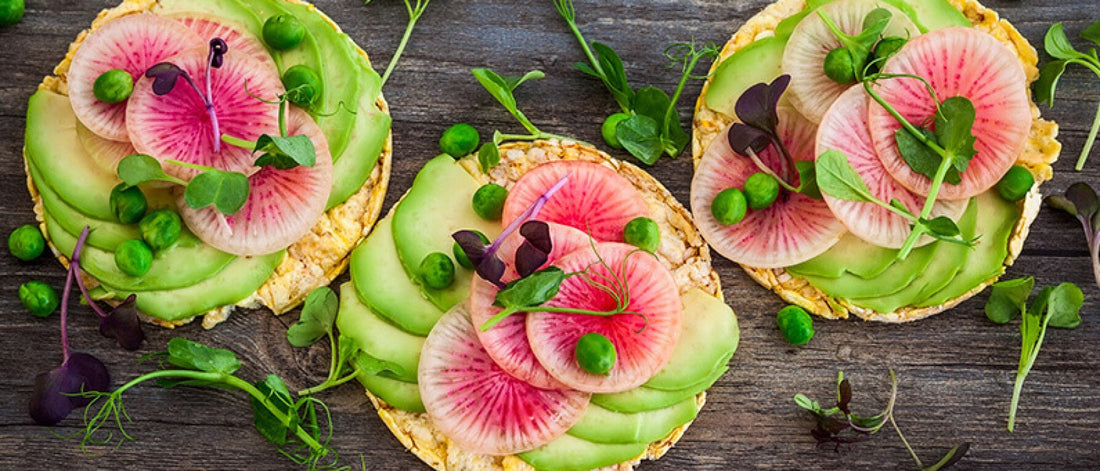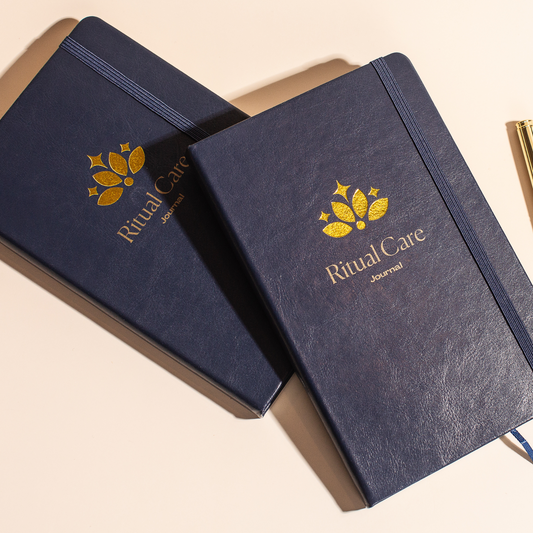You may have heard about celiac disease more often in recent years due to the rise in gluten-free diets and the growing availability of gluten-free products. But what is celiac disease?
Celiac disease is an autoimmune condition that can develop when people with a genetic predisposition to the disease consumes gluten. When someone with celiac disease eats gluten, the body reacts with an immune response that damages the small intestine. Specifically, the immune system attacks the villi, which are small projections that line the intestinal tract. This is detrimental because the villi are responsible for proper nutrient absorption from food. If the villi are damaged, the body cannot properly absorb nutrients from food, which can potentially lead to nutrient deficiencies and malnutrition. People who have been diagnosed with celiac disease should not be confused with people who have been told they are intolerant to gluten or have non-celiac gluten sensitivity.
Once a diagnosis of celiac disease is confirmed, the best treatment for an individual is strict adherence to a gluten-free diet. In order to follow a gluten-free diet, it’s important to understand what gluten is and where it’s found.
Many restaurants that offer gluten-free options advise those with celiac disease to eat with caution. There are restaurants that have dedicated cookware and only prepare gluten-free items in a controlled environment. Always ask your server if the restaurant can accommodate special dietary needs. Many restaurants are willing to accommodate, but give a disclaimer to “eat at your own risk.”
What’s important to know when you have celiac disease is that you’re not alone. There are many resources and support groups available. A few of these include:
If you suspect you might have celiac disease, consult your doctor to be properly tested.
*Editor’s Note: The information in this article is intended for your educational use only; does not necessarily reflect the opinions of the Chopra Center's Mind-Body Medical Group; and is not a substitute for professional medical advice, diagnosis, or treatment. Always seek the advice of your physician or other qualified health providers with any questions you may have regarding a medical condition and before undertaking any diet, supplement, fitness, or other health program.
Experience a nourishing form of detoxification for your body, mind, spirit, and entire life at our six-day Perfect Health retreat, which includes our signature cleanse, detoxifying daily spa treatments catered to your unique needs, and wellness practices for your individual constitution. Learn More.
Celiac disease is an autoimmune condition that can develop when people with a genetic predisposition to the disease consumes gluten. When someone with celiac disease eats gluten, the body reacts with an immune response that damages the small intestine. Specifically, the immune system attacks the villi, which are small projections that line the intestinal tract. This is detrimental because the villi are responsible for proper nutrient absorption from food. If the villi are damaged, the body cannot properly absorb nutrients from food, which can potentially lead to nutrient deficiencies and malnutrition. People who have been diagnosed with celiac disease should not be confused with people who have been told they are intolerant to gluten or have non-celiac gluten sensitivity.
Once a diagnosis of celiac disease is confirmed, the best treatment for an individual is strict adherence to a gluten-free diet. In order to follow a gluten-free diet, it’s important to understand what gluten is and where it’s found.
What Is Gluten?
Gluten is a sticky, glue-like protein that is found in wheat, barley, and rye. Those grains in their natural state or products that contain those grains (like breads and cereals) have gluten in them. But gluten is also used as a binding agent in many products. For example, many processed BBQ sauces and soy sauces contain gluten. When eating a strict gluten-free diet, it’s particularly important to read labels on any packaged products.What to Eat
When an individual is first diagnosed with celiac disease, it can feel overwhelming. The Standard American Diet (SAD) is full of gluten-containing items. Fast food, packaged meals, alcohol, etc., are typically loaded with gluten. A typical day on the SAD can include cereal for breakfast, a sandwich for lunch, and maybe pasta for dinner. Transitioning off a diet like that can seem impossible to a newly diagnosed individual with celiac disease. What is most important when eating a gluten-free diet is sticking to fresh, real food that’s naturally gluten-free:- All fruits
- All vegetables
- Gluten-free grains like rice, corn, quinoa, millet, and buckwheat
- Fresh herbs and spices
- Healthy fats and oils like olive oil, avocado oil, and coconut oil
- Dairy (unless there is another contraindication)
- Small amounts of organic meat
Eating Out with Celiac Disease
Cross-contamination (where particles of gluten can end up in a gluten-free dish) can happen in restaurants or kitchens that are not gluten-free facilities–for example, restaurants that serve food that contains gluten and cooks those items in the same equipment as gluten-free dishes.Many restaurants that offer gluten-free options advise those with celiac disease to eat with caution. There are restaurants that have dedicated cookware and only prepare gluten-free items in a controlled environment. Always ask your server if the restaurant can accommodate special dietary needs. Many restaurants are willing to accommodate, but give a disclaimer to “eat at your own risk.”
Gluten-Free Labeling
In recent years, the availability of gluten-free products has increased tremendously. But it’s important to know what the term “gluten-free” means on a food label. The FDA has ruled that packaged foods with less than 20 ppm (parts per million) of gluten can be labeled gluten-free. To put that number in perspective, a food labeled “gluten-free” can still contain 0.002 percent gluten. If you are eating a lot of packaged gluten-free products, you could end up ingesting a lot of gluten. With celiac disease, it’s best to stick to foods that are fresh and naturally gluten-free.Thriving with Celiac Disease
A celiac disease diagnosis does not mean you have to live in deprivation and restriction. In fact, it’s quite the opposite. Many people with undiagnosed celiac disease suffer from symptoms like painful belly bloat, fatigue, constipation, vomiting, and delayed puberty in children. When gluten is removed from your diet, many of these symptoms subside and you are able to regain your health.What’s important to know when you have celiac disease is that you’re not alone. There are many resources and support groups available. A few of these include:
If you suspect you might have celiac disease, consult your doctor to be properly tested.
*Editor’s Note: The information in this article is intended for your educational use only; does not necessarily reflect the opinions of the Chopra Center's Mind-Body Medical Group; and is not a substitute for professional medical advice, diagnosis, or treatment. Always seek the advice of your physician or other qualified health providers with any questions you may have regarding a medical condition and before undertaking any diet, supplement, fitness, or other health program.
Experience a nourishing form of detoxification for your body, mind, spirit, and entire life at our six-day Perfect Health retreat, which includes our signature cleanse, detoxifying daily spa treatments catered to your unique needs, and wellness practices for your individual constitution. Learn More.






















